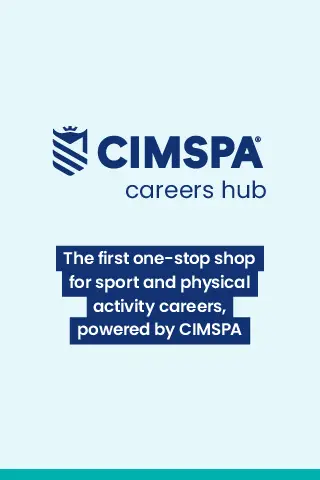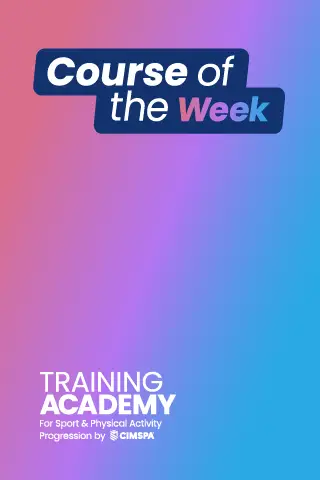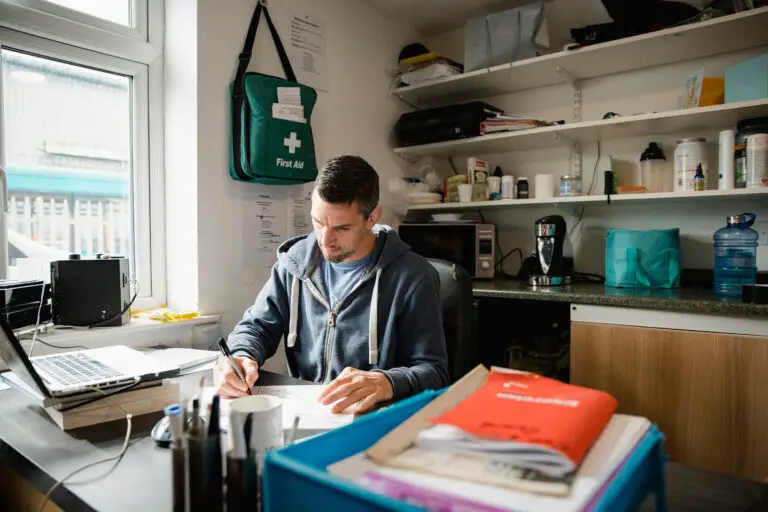Where next? How to succeed in your sport and physical activity career
We explain how CIMSPA and professional status can support you with moving into and upwards in your career in sport and physical activity.
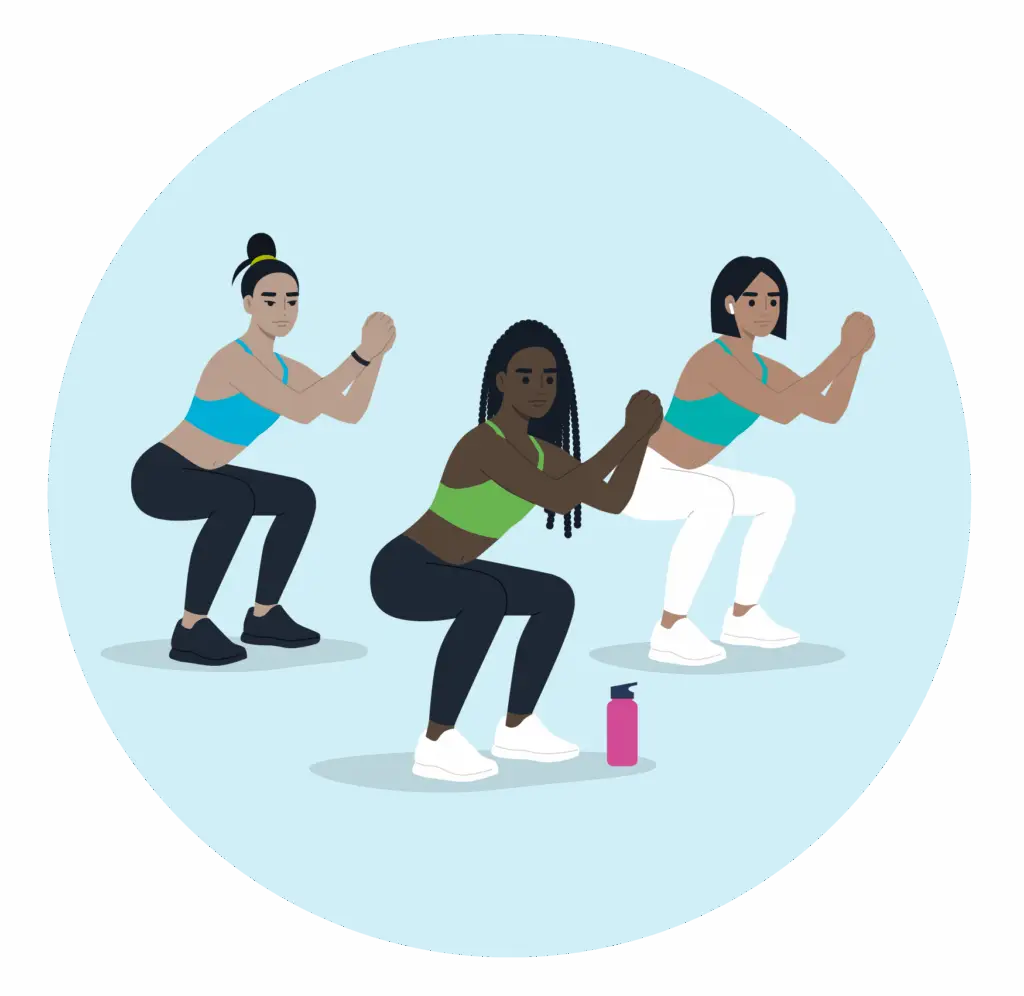
So, you’re here, reading this article. First of all, congrats – you’ve found the sport and physical activity sector’s professional development body, which shows that you’re committed to achieving great things in your career. It also means that you are in the best place to move forwards in your sport and physical activity career journey with the help of professional status.
What?
That’s status for professionals.
CIMSPA is launching professional status to showcase and recognise the incredible talent and dedication that sport and physical activity professionals have to offer.
Having a clear and official status will help others, such as their employers, the government, their clients and the general public recognise the value of each person that works in sport and physical activity. Whether you’re a fitness instructor, a sports coach or a personal trainer (or anything else), everyone will be able to understand what you do, who you work with and how qualified you are.
To make sure it’s clear what unique skillset an individual has, there will be different professional statuses for different roles and levels. As you grow your knowledge and expertise, you’ll be able to gain higher professional statuses. If you switch careers, you can change your professional status to demonstrate your new path.
It’s a little complicated, but it makes more sense when we’re talking about a person’s career. So, meet Prisha.
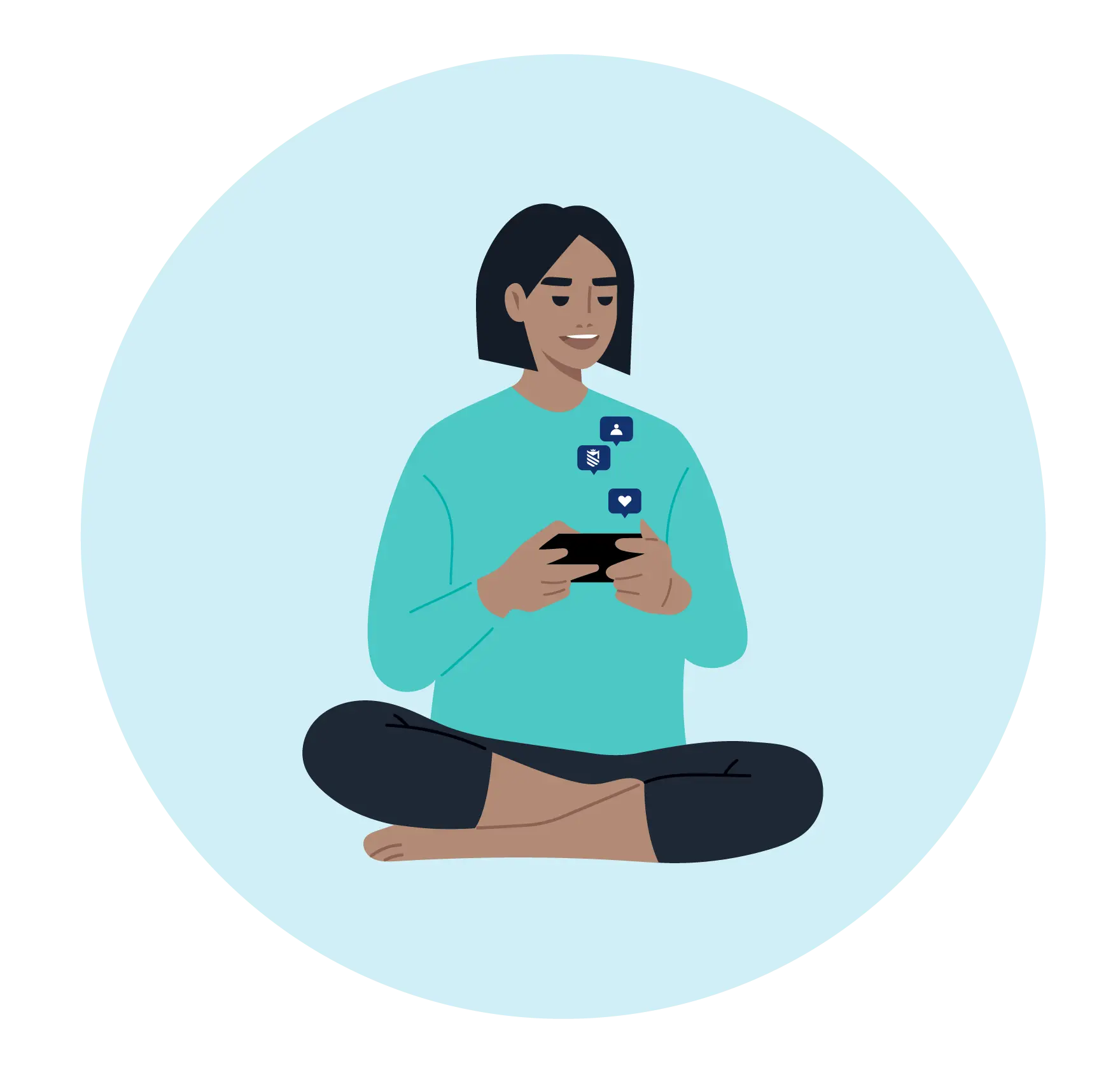
To start off with, Prisha is studying a fitness and health course at college. She’s picked a CIMSPA-endorsed one, as it sounded like it provided lots of useful knowledge and employability skills. Spoiler alert: it does – it’s aligned with the sector’s employer led professional standards and has met strict quality requirements.
When she finishes college, Prisha applies for a job at her local leisure centre as a personal trainer. As well as smashing the interview, the hiring manager notices that her qualification is CIMSPA-endorsed and understands that that means Prisha has learnt the skills they need for the job. That’s reassuring – there’s no AI-generated list of skills on Prisha’s CV!
The leisure centre knows about CIMSPA because it’s already a CIMSPA partner. As well as providing a whole load of benefits to them, it also means that they can offer Prisha discounted CIMSPA membership. Not one to miss out on a good deal, Prisha applies for professional status.
Hang on…
What gives CIMSPA the right to decide who gets a professional status and who doesn’t?
CIMSPA is the chartered body for the sport and physical activity sector workforce. A lot of sectors have chartered bodies that assess who is at the top of their professional game based on their qualifications and experience – you might have heard of chartered accountants, for example.
They are given the authority to do this through a Royal Charter, literally awarded on behalf of the monarch to say that they are the governing organisation for a set group of people.
As well as deciding who is chartered and who isn’t, the Royal Charter also allows CIMSPA to designate different membership categories – or for those actively working in the sector, professional statuses – to anyone who applies and meets certain requirements
Back to Prisha.
Because she’s got her CIMSPA-endorsed qualification and a relevant job, Prisha meets the requirements to be issued the professional status of Personal Trainer Practitioner. It does what it says on the tin, really – but it shows that she is qualified, and to keep her status, she will have to follow a code of conduct and keep up with continuous professional development (CPD = more training).
With her new status, Prisha gets accreditation credentials and postnominals. Long names, but easy to understand. She shares them on her socials and shows them to potential clients.
You know that “aargh” feeling when you’re searching for the perfect thing and there are too many choices? That’s how people often feel when trying to choose a personal trainer. Do you go online, freelance, local gym? Which PT actually knows their stuff and who just takes good workout selfies?
Seeing that Prisha has the mark of approval from an official body helps a lot of people make that decision, confident that she will give them a great PT experience.
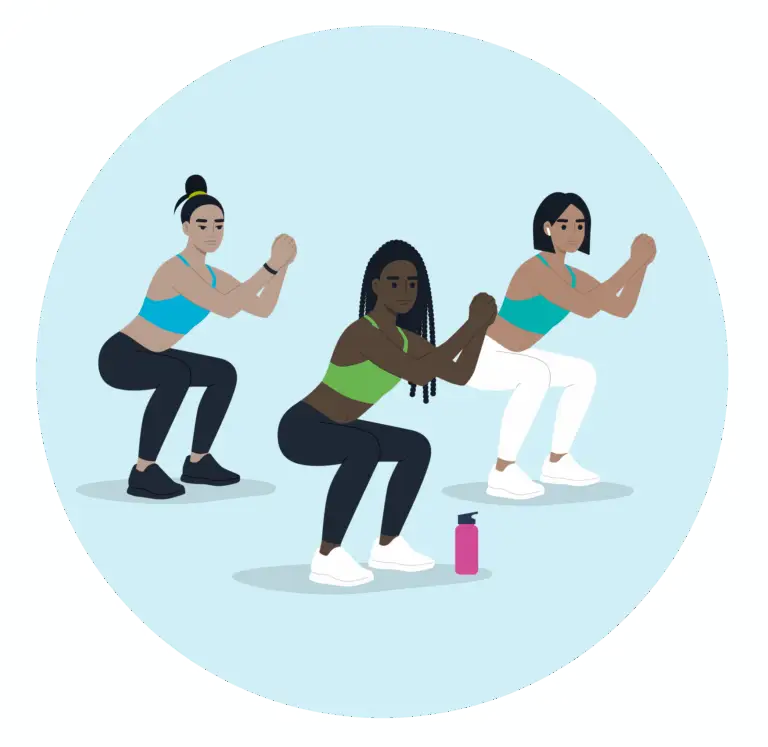
Remember I mentioned higher professional statuses? Let’s talk about how to get those. Theoretically, if you already have the experience and qualifications needed, you get jump straight in at any level, but let’s carry on with Prisha’s career to explain how most people progress.
Let’s say Prisha’s got a bit of experience as a PT now. She’s maintained her professional status by doing the necessary amount of CPD each year. Because she really enjoys working with women in particular, she’s focused her learning on understanding how to provide a better service for them. By completing training aligned with the Working with Women and Girls professional standard, she meets the requirements for Advanced Practitioner professional status.
Prisha could have chosen any topic to specialise in that’s set out by a population, environment or technical specialism professional standard. It’s the fact that she’s chosen to learn more about a specialist topic, allowing her to offer more bespoke personal training services, that means she can gain a new professional status.
Because she shares her new status on her socials again, she gets even more clients – women who aren’t confident at the gym come to her, as they know that Prisha understands how to support them with their fitness goals.
Okay, but then what?
Prisha’s got plenty more options to move onwards and upwards in her career.
To become a Personal Trainer Senior Practitioner, she needs to complete more training and choose one of three specialist areas.
Let’s say she goes for inclusive practice – she can train to work with antenatal and postnatal clients as well as inactive people, allowing her to offer more PT services. Prisha’s going to be busy!
When she’s evidenced completing those professional standards to CIMSPA through her training certificates, she gains the professional status of Personal Trainer Senior Practitioner Inclusive Practice Specialist. Fancy.
Now, Prisha’s employer has noticed how busy she is. With that impressive professional status, she’s doing some heavy lifting to pull in more clients from the local area, including lots of people who wouldn’t otherwise be supported by the leisure centre’s services.
Once she’s built up her experience and some solid evidence of how much of a difference she’s making to her community, they encourage her to apply for chartered status (remember that?).
As we mentioned earlier, CIMSPA is able to award chartered status to sport and physical activity professionals who are top-of-the-range qualified and excelling in their career. To make sure that we issue chartered professional status to the right people, Prisha needs to go through a strict assessment process. She passes with flying colours, obviously, and is now a Chartered Personal Trainer Practitioner.
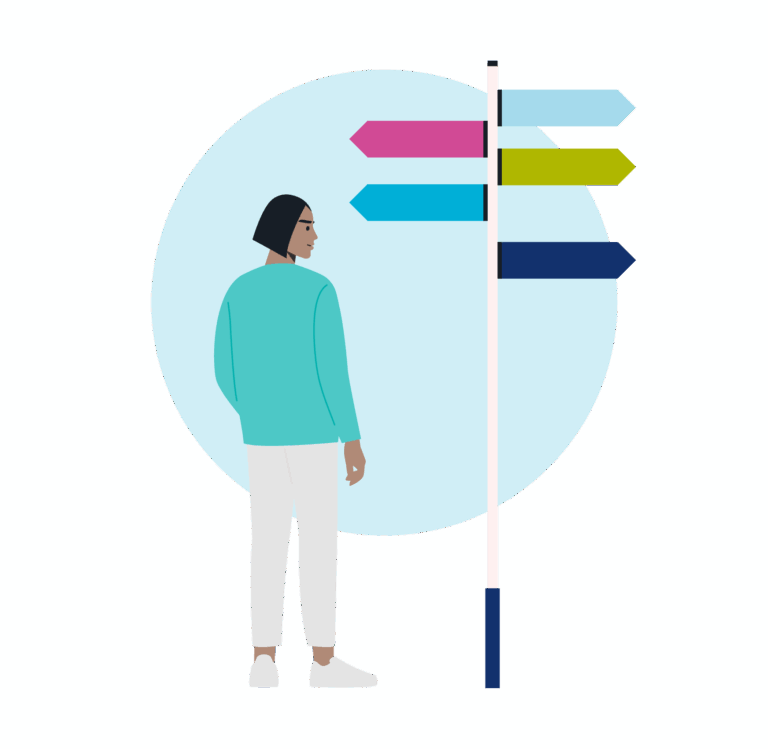
You thought that was it, right?
Please welcome to the stage Advanced Chartered Practitioner.
The absolute pinnacle of a career in sport and physical activity, this is the highest possible professional status for someone working in the sector. It shows that that person makes an important contribution to the sport and physical activity sector as a whole – maybe that’s through becoming part of a board or committee, or something else that has the power to improve the experience of a broad range of people.
To take this next step in her career journey, let’s say Prisha joins her local skills accountability board. Through it, she collaborates with local employers, colleges and more to ensure that young people can gain the skills they need to have a career like hers.
By showing CIMSPA the huge positive impact she has through this, she becomes a Personal Trainer Advanced Chartered Practitioner. You’ve got to admit, it sounds good, right? Her employer, clients and local community think so – Prisha’s professional status will open doors for her as long as she keeps up her CPD and continues learning and growing.
We’ll leave Prisha there, but hopefully you can see how professional status not only provides a supportive pathway that helps you to move forward in your career but also allows you to show off how far you’ve come.
As soon as you finish your qualification and get your first job in sport and physical activity, you will be able to gain a professional status and show employers, clients, your mum and anyone else that you are a true professional with the skills and knowledge to succeed.
From then on, you’ll never feel lost in your career – professional status offers you manageable next steps and the reward of a title when you achieve something great. There’s nothing like simple instructions and celebration of your hard work to keep you motivated!
Professional status is coming soon to a career near you – and we can’t wait to help you make the most of it.




